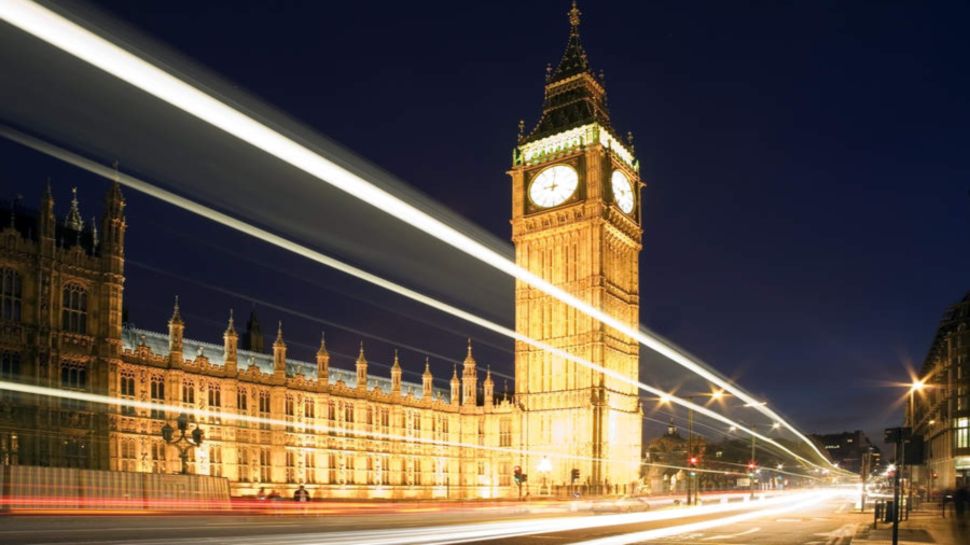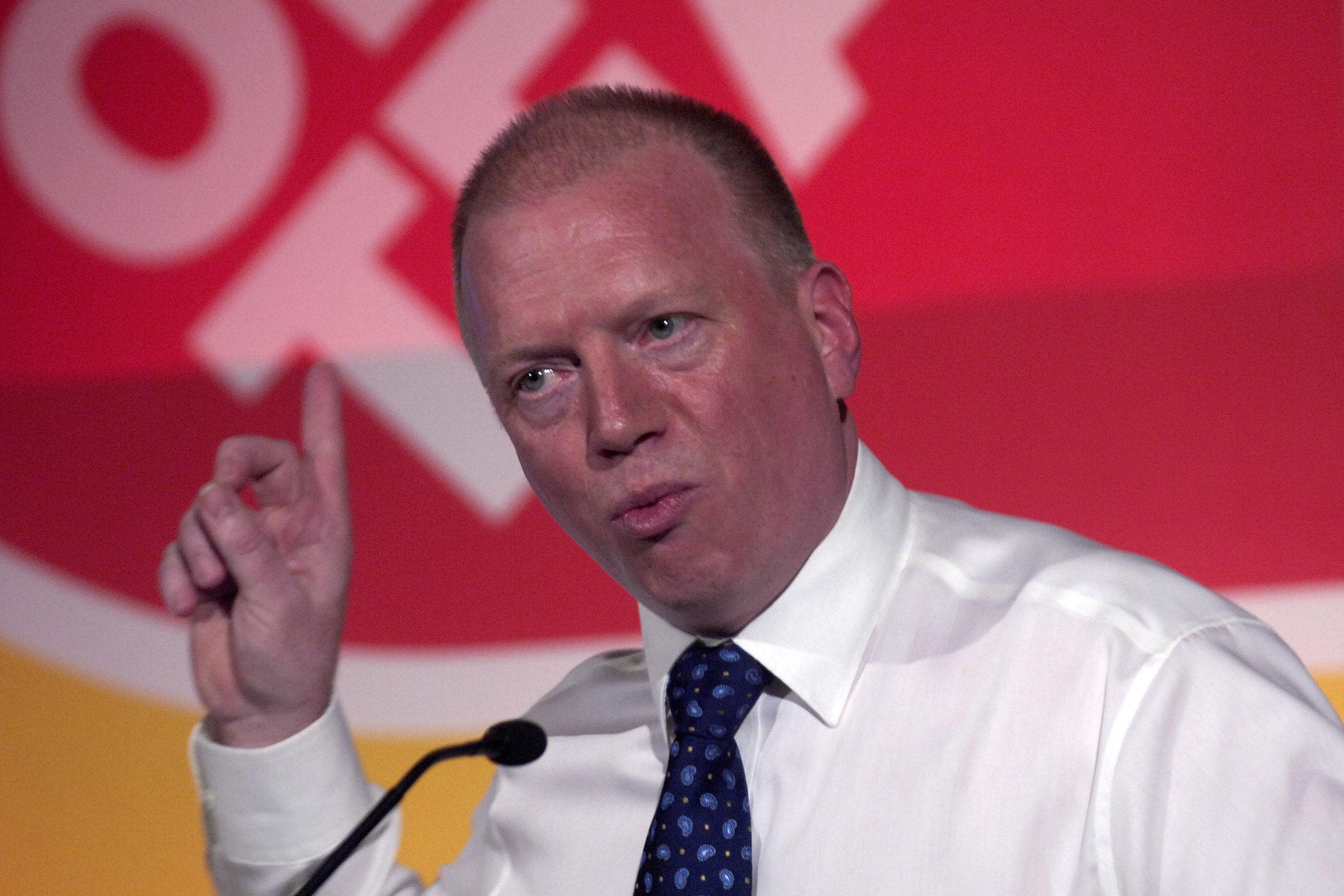THE ARTICLES ON THESE PAGES ARE PRODUCED BY BUSINESS REPORTER, WHICH TAKES SOLE RESPONSIBILITY FOR THE CONTENTS. Smart Spaces is a Business Reporter client. In a rapidly evolving commercial real estate landscape, the concept of smart buildings has moved from a futuristic ideal to an essential asset for property owners. We need look no further than London’s Canary Wharf, the once-unrivalled hub of London’s financial sector, now weighed down by the challenges of ageing infrastructure, evolving tenant demands and unprecedented office vacancy rates. Adapting to these realities is not optional. It’s necessary for survival.
So is the changing regulatory landscape in the city, as seen, for example in Local Law 97, which imposes fines on building owners who fail to comply with increased energy efficiency mandates, further disincentivising prospective tenants. There is a way out of this gloomy predicament, however: smart buildings. Blending IoT and AI technologies, they offer significant advantages for commercial real estate owners, especially those with ageing property portfolios, helping to boost their occupancy rates. Energy efficiency, improved tenant satisfaction and having a competitive edge against other market players are just a few of them. Investing in smart buildings – new builds or renovations – can also reduce operational costs. To give an example, the use of smart HVAC and lighting systems can be optimised according to when and where people are in the building. This saves a fortune in energy bills, which is crucial given high debt and uncertain market conditions. It also lowers the building’s overall carbon footprint.






















